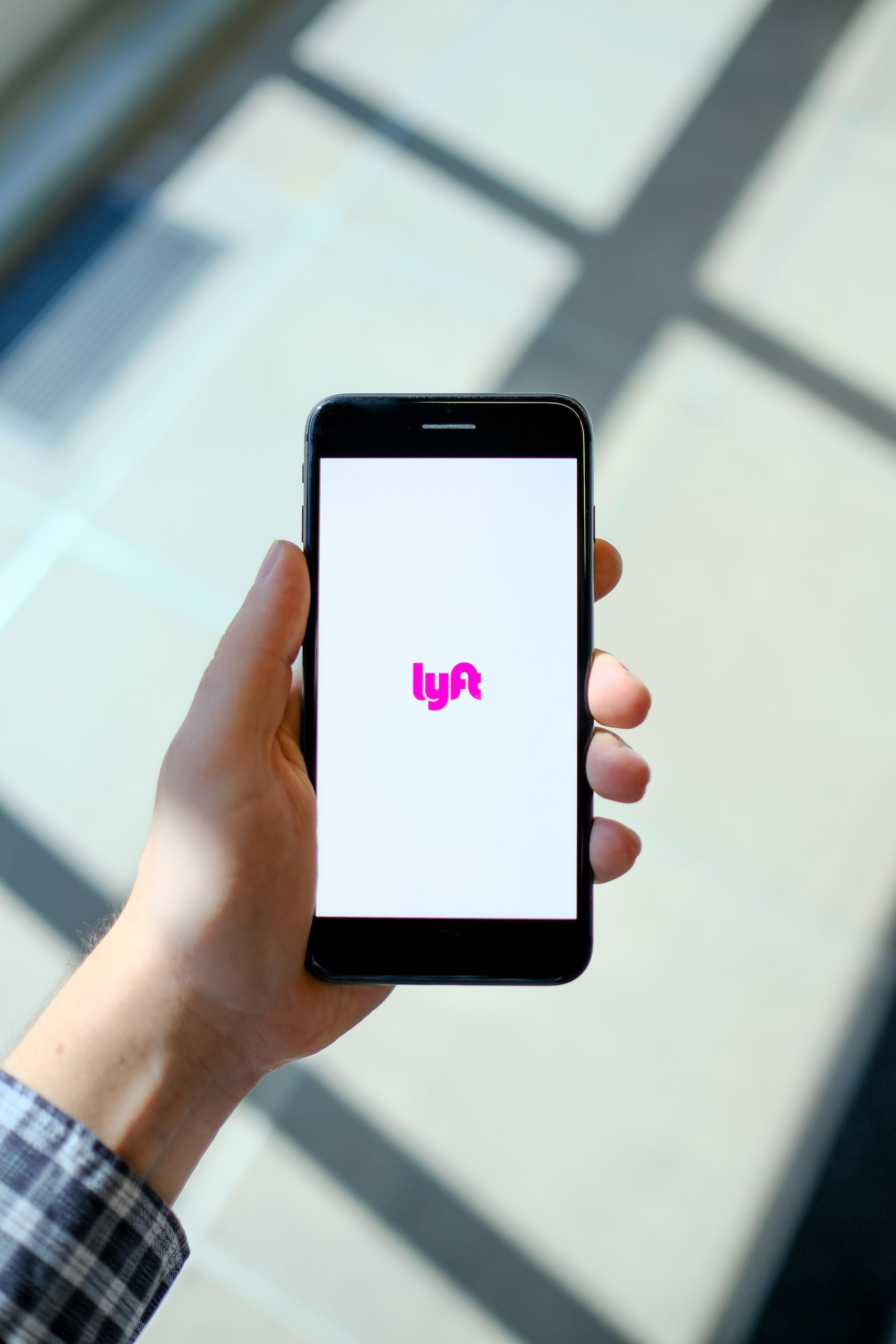In a strategic move to enhance its service offerings and adapt to changing consumer preferences, ride-hailing giant Lyft has announced the retirement of its pooled rides feature. The decision marks a significant shift in Lyft’s business model, as the company aims to focus on providing a more personalized and efficient experience for its passengers. Simultaneously, Lyft is set to introduce an innovative feature targeting airport travelers, aiming to streamline pickups and drop-offs at busy airports. In this report, we explore the reasons behind Lyft’s decision to retire pooled rides, delve into the details of the upcoming airport feature, and analyze the potential impact on the ride-hailing industry.
The Rise and Fall of Pooled Rides:
Pooled rides, also known as shared rides, were introduced by Lyft as a cost-effective option for passengers traveling in the same direction. By matching riders heading in similar directions, pooled rides aimed to reduce congestion, lower fares, and promote sustainable transportation. However, over time, Lyft faced several challenges with this feature. Longer travel times, multiple pickups and drop-offs, and the potential for ride delays frustrated some passengers, leading to a decline in demand for pooled rides.
Lyft’s Decision to Retire Pooled Rides:
In response to evolving customer preferences and market dynamics, Lyft has made the strategic decision to retire pooled rides and refocus its resources on other areas of its business. The move comes as Lyft aims to prioritize convenience, efficiency, and personalized experiences for its passengers. By discontinuing pooled rides, Lyft seeks to offer passengers a more direct and streamlined ride, without the potential inconveniences associated with shared trips.
Introducing an Innovative Airport Feature:
Simultaneous to the retirement of pooled rides, Lyft is unveiling an innovative feature aimed at improving the airport experience for its customers. Recognizing the challenges of navigating busy airport terminals and coordinating pickups and drop-offs, Lyft’s new feature will streamline the process, making it more convenient and efficient for both passengers and drivers.
The specifics of the feature are yet to be fully disclosed, but it is expected to leverage advanced technologies and data analytics to optimize the flow of rides at airports. By reducing wait times, providing clear directions, and ensuring smooth coordination between drivers and passengers, Lyft aims to create a seamless airport experience that saves time and enhances customer satisfaction.
Implications for Lyft and the Ride-Hailing Industry:
Lyft’s decision to retire pooled rides reflects the company’s commitment to adapt to changing market dynamics and prioritize customer needs. By phasing out shared rides, Lyft aims to provide passengers with more personalized and efficient transportation options. This strategic shift may help Lyft differentiate itself from competitors and attract passengers who value convenience and direct rides.
Moreover, Lyft’s innovative airport feature signals the company’s dedication to improving the airport experience, an area known for its logistical challenges. By addressing pain points associated with airport pickups and drop-offs, Lyft aims to enhance customer loyalty and satisfaction, potentially gaining a competitive edge in the ride-hailing industry.
The retirement of pooled rides and the introduction of the airport feature also raise broader questions about the future of shared mobility. As ride-hailing companies reassess their business models and prioritize individualized experiences, the fate of pooled rides and their impact on congestion, sustainability, and affordability remains uncertain.
Conclusion:
Lyft’s decision to retire pooled rides and introduce an innovative airport feature signifies the company’s commitment to adapt and evolve in the dynamic ride-hailing industry. By prioritizing convenience, efficiency, and customer satisfaction, Lyft aims to stay at the forefront of the market and cater to the changing needs of its passengers. As the company bids farewell to pooling and embraces a more personalized approach, the long-term implications for the ride-hailing industry.










